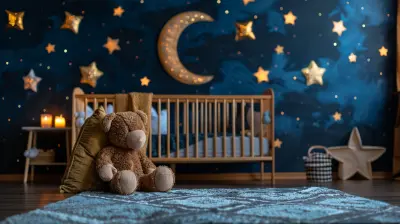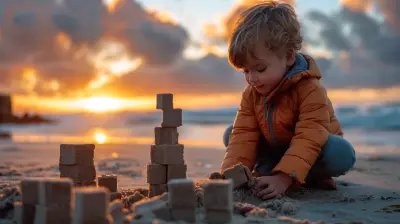How to Choose Toys that Foster Your Baby’s Growth
28 September 2025
If you’ve ever walked into the toy aisle at a store or scrolled through a toy catalog online, then you know — it's a jungle out there. There are flashing lights, crinkly sounds, soft plushies, and gadgets that spin, bounce, and talk. So how on earth do we decide what’s actually good for our little ones?
Choosing toys isn't just about what's cute or flashy. It’s about selecting the kind of toys that help your baby learn, grow, and thrive. And guess what? You don’t need a toy chest overflowing with high-tech stuff. Sometimes, the simplest toys offer the most powerful learning experiences.
Let’s break it all down and take the guesswork out of it, shall we?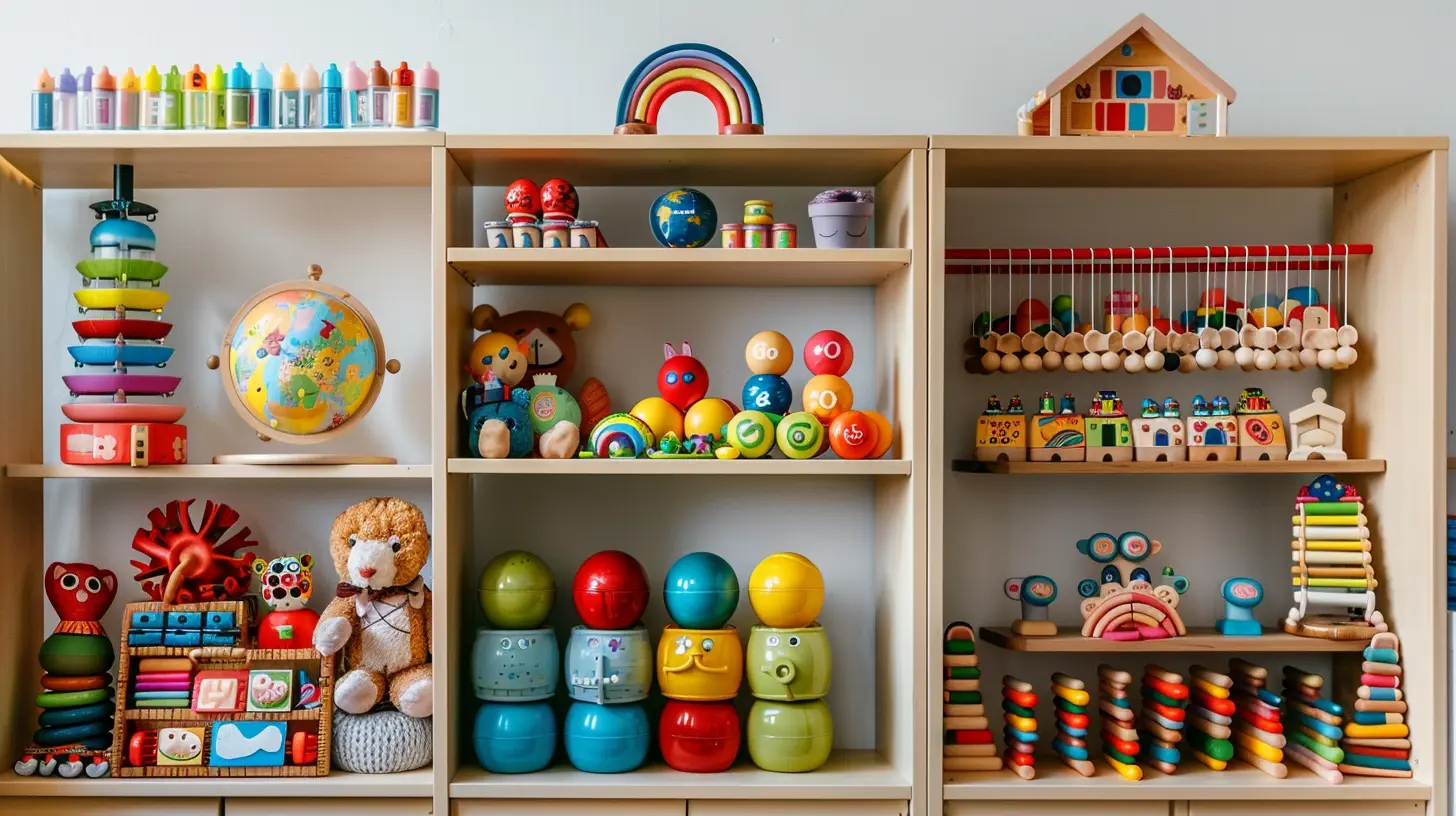
Why Choosing the Right Toys Matters
You might be thinking, "They're just toys! Babies don’t even remember this stuff." Well, not quite.Toys are your baby’s first teachers. They help build motor skills, boost brain development, and even strengthen emotional bonds. More than fun and giggles (though that’s important too!), the right toys guide little ones through the magical journey of growth — one play session at a time.
Imagine a toy as your baby’s gym for the mind and body. Fascinating, right?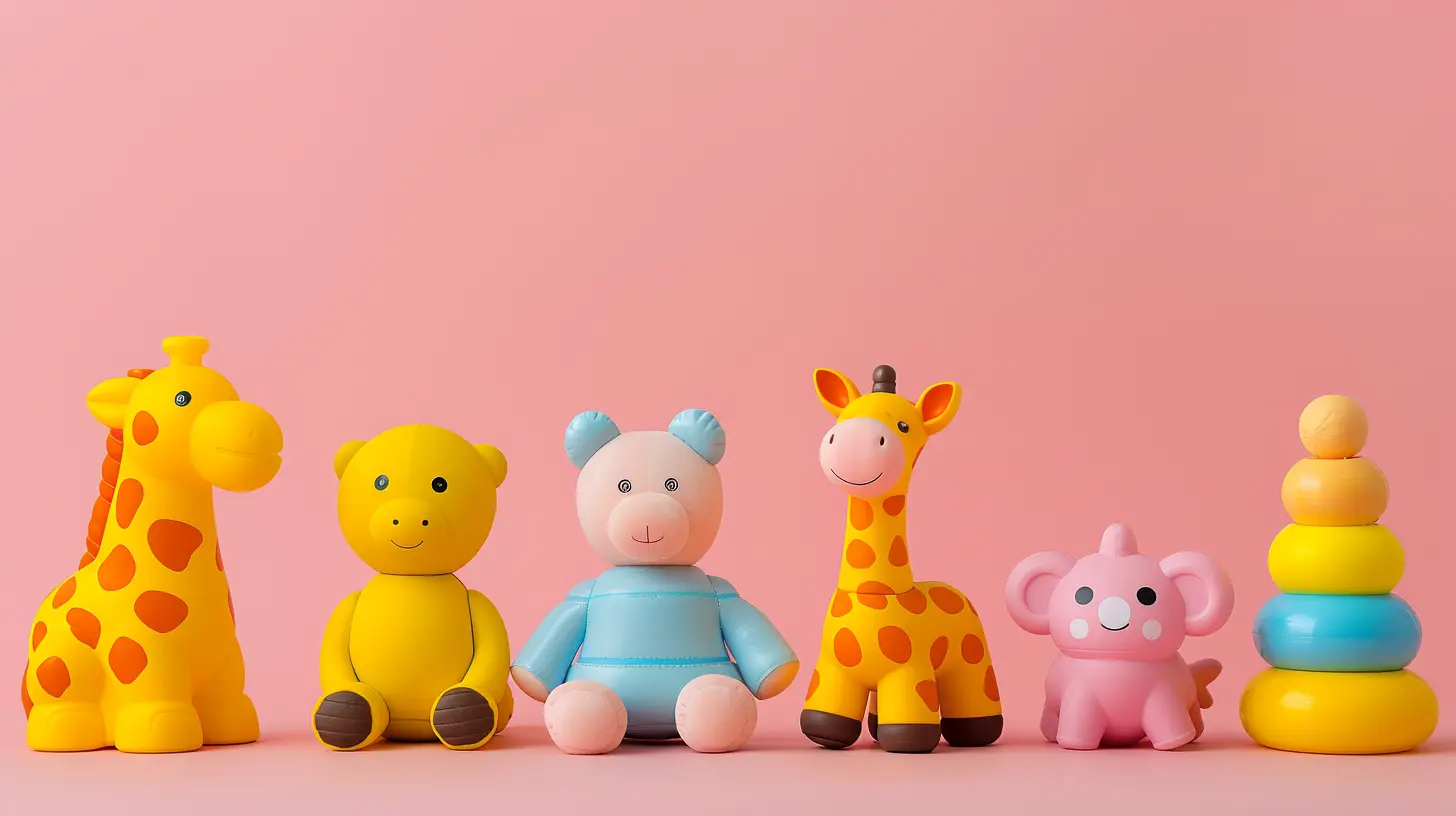
Key Things to Consider When Choosing Toys
1. Age Appropriateness
This one’s huge. Toys come with age ranges for a reason. A toy meant for a 3-year-old might frustrate or, worse, endanger a baby under one.Look for that age label on the package. It's not a marketing gimmick—it’s a safety and development guide. Babies at different ages have specific needs and abilities.
Tip: If your baby is on the cusp between two stages, go with the simpler option. Confidence builds interest!
2. Safety First, Always
You want peace of mind while they gnaw on everything in reach (because they will!). Choose toys that are:- Non-toxic (BPA-free, lead-free)
- Free of small detachable parts (choking hazard alert!)
- Soft, rounded, and splinter-free
- Durable (you’re gonna need it to survive baby drool, tosses, and tugs)
Rule of thumb? If it fits inside a toilet paper tube, it’s too small for a baby under 3.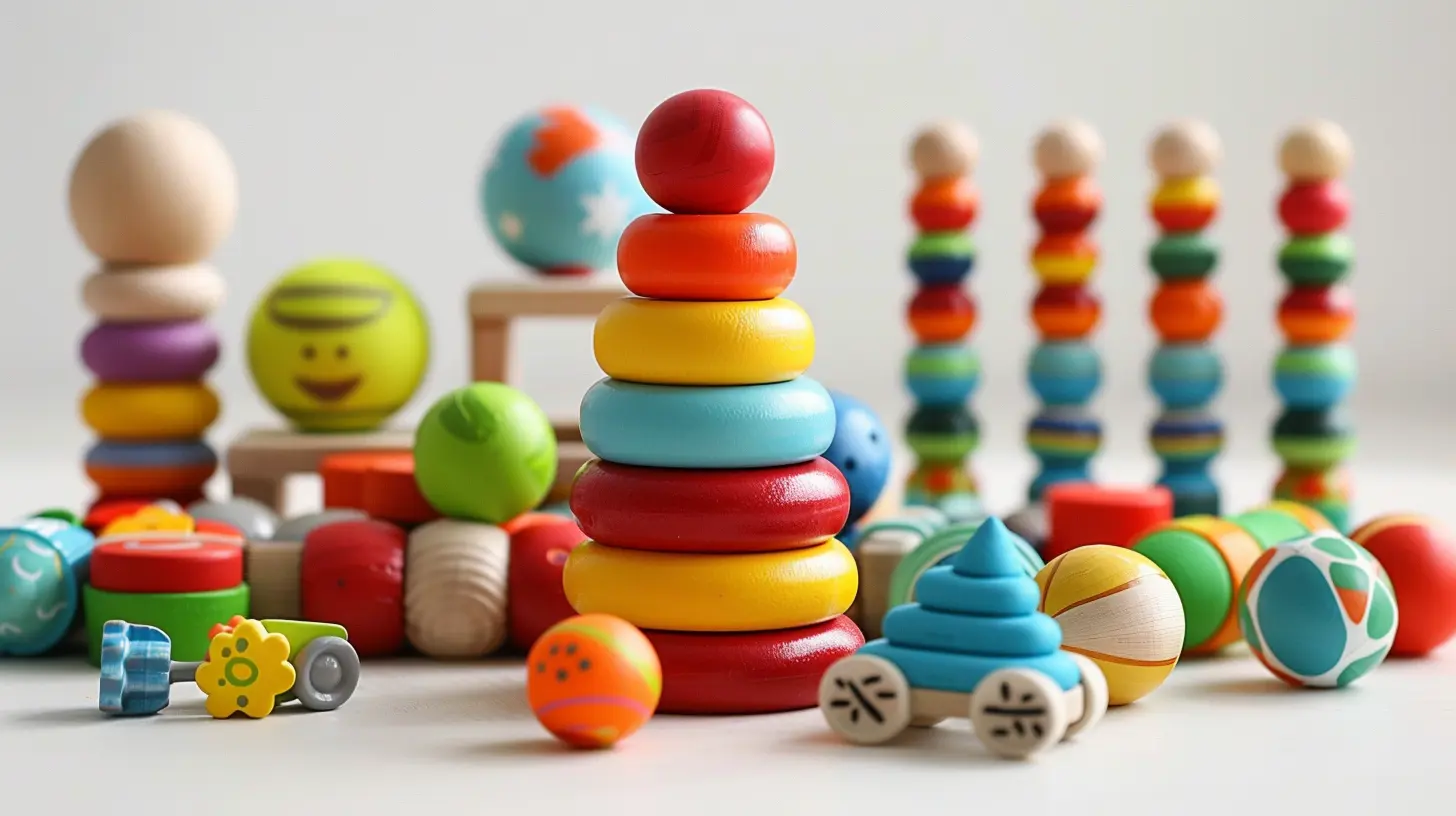
Types of Toys That Support Baby Development
Let’s dive into what kinds of toys actually encourage growth — physical, cognitive, emotional, and social.1. Toys That Encourage Sensory Development
Babies learn through their senses—touching, seeing, hearing, and even tasting. Sensory toys feed that curiosity.Great options:
- Soft books with textures
- Rattles with different sounds
- Crinkle toys
- Mirrors (babies LOVE looking at themselves)
These toys help babies make sense of the world. It’s like giving them a taste of reality in baby-sized bites.
2. Toys for Fine Motor Skills
Grabbing, holding, stacking — all those little hand and finger movements matter. They lay the foundation for writing, tying shoelaces, and other big-kid skills later on.Try toys like:
- Stacking rings
- Soft blocks
- Shape sorters
- Pop beads
As your baby gets better at using their fingers, give them toys with a bit more challenge.
3. Toys that Get Their Little Bodies Moving (Gross Motor Toys)
This is all about crawling, standing, walking, and dancing. You’re not just raising a baby—you’re raising a future athlete, right? 😉Go for:
- Activity gyms for tummy time
- Push toys for new walkers
- Ride-on toys (for older babies)
- Soft balls
These toys strengthen muscles and coordination, and let’s be real—watching them chase a ball is comedy gold.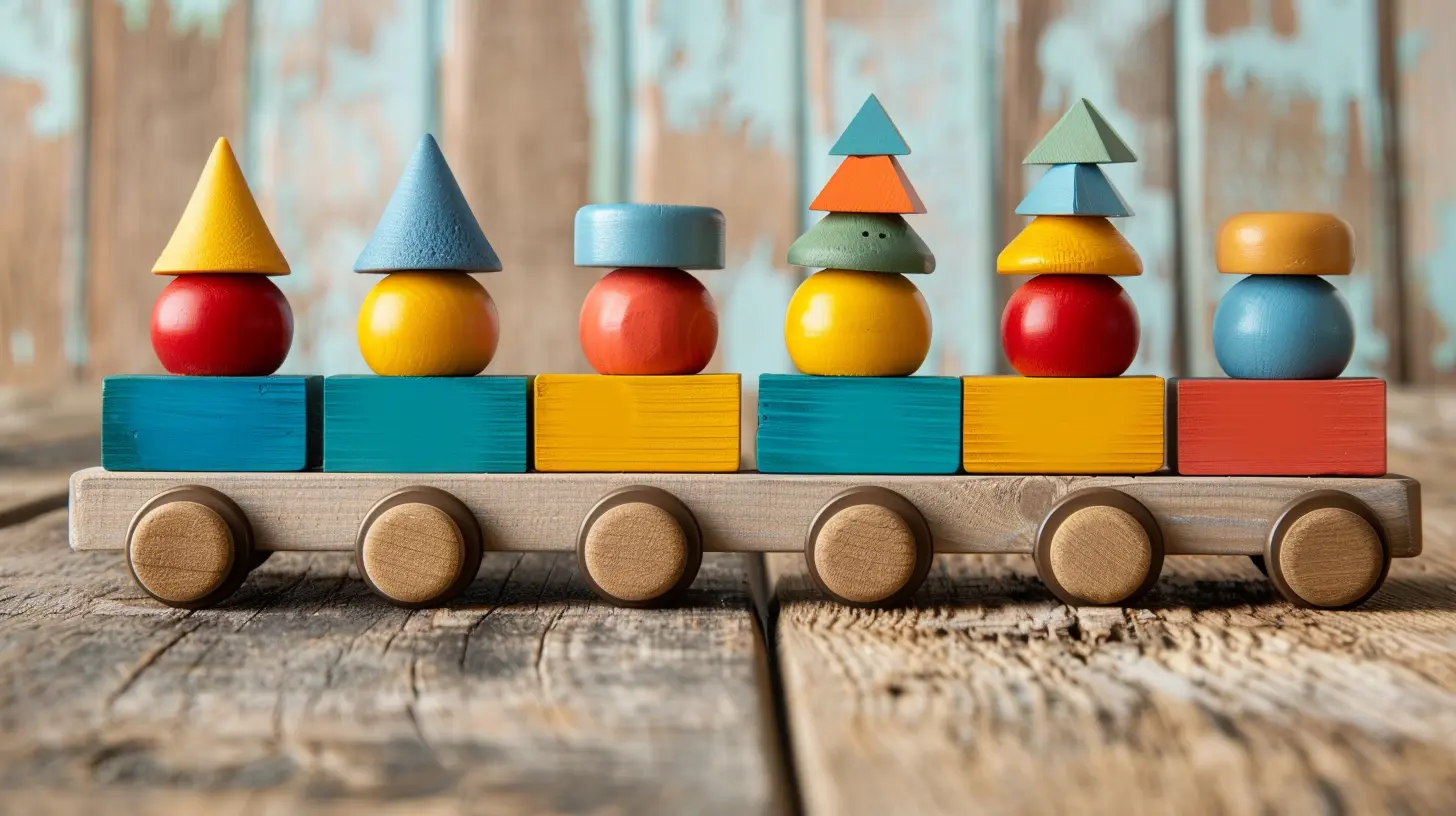
Don’t Underestimate Open-Ended Toys
What’s an open-ended toy? It’s one that doesn’t have a single function. Think building blocks, fabric scarves, or stacking cups.These toys grow with your baby. Today it’s a tower; tomorrow it’s a castle, and eventually it’s part of a cooking game. They're the MVPs of imaginative play.
Bonus: They cost less in the long run because your child won’t outgrow them quickly.
The Power of Interactive Play
This is where you come in!The best toy? YOU. Seriously. Engaging with your baby during play is key to their development. Talking, singing, and giggling together builds emotional bonds and gives your child a strong start in language and social skills.
Toys that promote interaction:
- Hand puppets
- Peekaboo cloths
- Musical instruments like tambourines or maracas
- Interactive storybooks
So go ahead—shake that rattle, make that silly face, and sing off-key. Your baby thinks you’re the funniest thing ever.
Keep It Simple — Seriously
You don’t need a toy for every skill. Babies often love household items like wooden spoons, empty boxes, or measuring cups just as much (or more!) than the latest gadget.Simplicity sparks creativity. And observing what your baby does with a simple object can tell you a lot about how they’re learning.
Pro tip: Rotate toys. Keep a few out and store the rest. Swap them every week or two to make old toys feel new again.
Watch for Your Baby’s Interests
Here’s the fun part—babies will often show you what they’re into. Watch what grabs their attention. Is it sound? Lights? Movement? Texture?Once you notice preferences, you can choose toys based on what excites them most.
Example: If your baby lights up around music, instruments and toys with melodies will hold their interest longer.
The Role of Technology in Baby Toys
Let’s talk about tech toys. Some light up, sing, count, or even speak in multiple languages. Are they evil? Nope! But moderation and interaction are key.Just make sure those toys don’t do all the playing. Choose tech toys that encourage, not replace, your baby’s involvement.
Red flag? If the toy plays while your baby just watches, it’s probably doing more entertaining than educating.
Budget-Friendly and DIY Options
Fancy doesn't always mean better. Some of the most beneficial toys can be crafted right at home, saving money and adding a cute personal touch.Try these DIY ideas:
- Sensory bottles (water, glitter, beads!)
- Tissue box with colorful fabric scraps
- Muffin tin with different-sized balls
Everyday objects can become magical with a little mama or papa creativity.
A Quick Toy-Choosing Checklist
Feeling overwhelmed? Here’s a simple cheat sheet to help you out next time you’re browsing:✅ Is it age-appropriate?
✅ Is it safe and durable?
✅ Does it spark curiosity?
✅ Does it encourage movement, interaction, or imagination?
✅ Can it grow with your child?
If you’re nodding “yes” to most of these, add it to the cart, my friend.
Final Thoughts: Less Is More (Really!)
You don’t need a mountain of toys to raise a thriving, curious, happy baby. A handful of thoughtful, development-boosting toys—paired with your love and time—is more than enough.At the end of the day, it’s not about finding the perfect toy. It’s about creating playful moments that help your baby grow, laugh, and feel loved.
So next time you pick up a toy, ask yourself: Will this help my baby explore, imagine, or connect?
If the answer is yes—you’re doing great.
all images in this post were generated using AI tools
Category:
Infant DevelopmentAuthor:

Maya Underwood
Discussion
rate this article
1 comments
Elizabeth McInnes
Great article! Choosing toys for our little ones can feel like a treasure hunt. It’s amazing how the right toys can turn bath time into a science lab and playtime into an art gallery. Here’s to joyful play and growing minds—let the fun begin! 🎉🎈
October 6, 2025 at 3:04 AM

Maya Underwood
Thank you! I’m glad you enjoyed it. Here’s to making playtime both fun and enriching! 🎉

